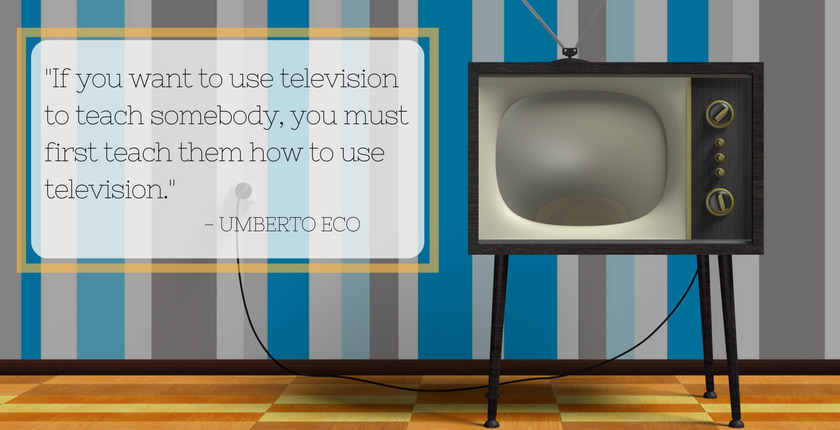[vc_row][vc_column][vc_column_text]By Emily Fitzgerald, Guest Author
In March, Netflix released a new series that immediately became popular among teenagers and young adults. 13 Reasons Why, based on a novel of the same name, is about a 17-year-old girl who commits suicide and leaves behind tapes explaining why she decided to kill herself. Almost as quickly as the series became popular, it became controversial, prompting the National Association of School Psychologists to put out an article of considerations for educators to guide schools in supporting students who may have seen the show.
Another recent television trend is the adaptation of comic book storylines about superheroes, which dependably appeal to children and adolescents. However, new series like Jessica Jones and Luke Cage represent a significant shift from movies like Spiderman and Iron Man. These shows are noticeably darker and more graphic than their predecessors, and intentionally geared toward an older audience.
Part of what makes these new television series so impactful is undeniably their content. The characters are young and attractive, the storylines engrossing and compelling. But another aspect of their impact has to do with the delivery system for watching them. Being released on streaming services like Netflix means that viewers don’t have to wait a week to watch each new episode, but rather can binge-watch an entire season in a weekend. Young people don’t have to sit in front of a television either; they can watch on their tablets or on their phones in their bedrooms, in the bathroom, or in the car with headphones.
As it becomes easier for young people to watch programming throughout the day—by themselves, unsupervised, and without taking breaks to re-ground themselves in their own reality—parents and educators face new challenges in helping to mitigate the influence of these shows. The following resources offer advice and practical strategies that families and schools can use for managing screen time, monitoring content, and opening lines of communication with young people about what they are watching.
- Common Sense Media is one of the most comprehensive resources available. It includes reviews of movies, television shows, books, and video games; research about kids’ use of the media; and guides for parents about a wide range of topics, such as cyber-safety, violence in the media, recognizing fake news, and how to have difficult conversations with kids about what they are watching.
- The University of Michigan Your Child website offers advice to parents on a wide array of content related to child development and behavior. Among the site’s resources is a Television Guide that outlines how to manage and monitor the television watching habits of children and adolescents.
- PBS Parents provides a collection of resources devoted to children and media, including age-specific guides with suggestions for how to encourage children to be “active viewers” who can think critically about what they watch, make connections to content, reflect on their own reactions, and translate what they see into what they do.
As parents or educators, we can become consumed with trying to censor what our kids are watching or sheltering them from the content that is available. Arguably, however, we can better serve them by instead offering a context within which to process, reflect, and understand what they see. Being knowledgeable of not only what our kids are watching but also when, where, and how they’re watching can make it possible for adults to invite open conversations with young people about what they see and how best to integrate the content into their lives.
What advice or resources do you have for others about how to approach television with kids in the age of video streaming? Please share your comments below.
About the Author: Emily Fitzgerald is a lecturer at the University of Michigan School of Social Work and a school social worker in the Michigan Public Schools.[/vc_column_text][/vc_column][/vc_row]







